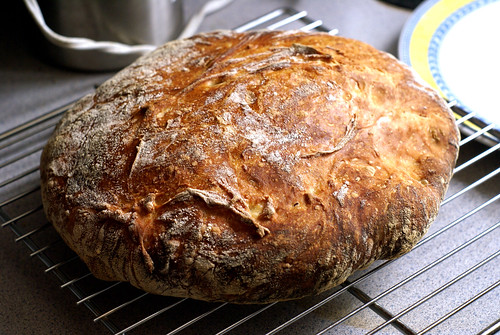Good bread and rolls are one of those simple pleasures of big holiday meals. Our Expert Chef’s Secret Weapon Bread Dough makes a soft, wonderful bread to bring a whole grain option to your family’s table. If you’re new to making bread, check out Farmgirl Fare’s tips for baking better artisan breads at home.

Don’t add salt right away.
Salt makes gluten formation more difficult, so don’t add it right away. Work your dough until it’s roughly combined and allow it to rest for 15-20 minutes. Add in the salt as you finished kneading the bread.
Monitor the dough temperature.
The ideal rising temperature for bread dough is 70-75 degrees Fahrenheit. Test your dough’s temperature before the first rise and keep an eye on it. This will allow you to use less yeast and leave the dough to rise over a longer period, which will give you a more uniform bread.
Turn your oven into a hearth.
If you have a baking stone, heat it with your oven to let your breads bake more evenly. If you don’t have a fancy stone and don’t want to spend the money, unglazed ceramic tiles work equally well. It is important to make sure you use only unglazed tiles, as some glazes are not food-safe.
Happy baking!